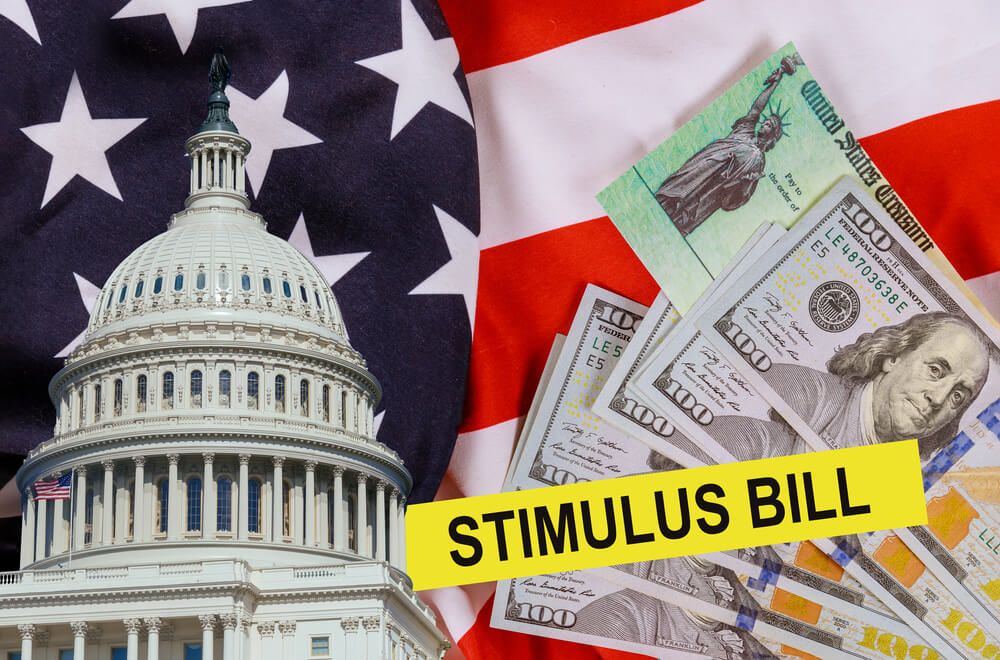COVID-19 Stimulus Bill Grants $23 Billion for Colleges and Universities
On December 24th, 2020, President Trump signed into law the latest COVID stimulus bill, effectively granting American colleges and universities $23 billion from the $900 billion coronavirus stimulus bill. However, the American Council of Education has described this amount as “wholly inadequate.” Higher education representatives were advocating for a $120 billion relief package to help students and schools to overcome the economic, academic, and social difficulties that the current COVID-19 crisis has wrought.
How Will Students and Schools Benefit?
The bill allocates an extra $1 billion for medical research and it institutes major shifts in financial aid. The bill has simplified the Free Application for Federal Student Aid form. It also made a $150 inflationary increase to the maximum amount allocated through Pell Grants; the Pell Grant limit will now be $6,495. In addition, incarcerated students and those with drug offenses who were previously barred from accessing the Pell Grant are now eligible for the grant. Through the bill, capital loans owed by historically black higher learning institutions will be forgiven by the federal government, amounting to nearly $1.3 billion. However, it’s difficult to estimate the exact amount that will be allocated to each college and university. This aid package uses a more complex formula for allocating the money compared to the one used by the CARES Act.
Racial Gap
The bill has removed some barriers that hindered certain demographics of students from accessing financial aid, helping address the racial gap that exists in higher education. More low-income and students of color, who often struggle to access post-secondary education, will now be able to tap into federal student aid. The racial disparity that exists in higher education also extends to other areas like household income. For instance, recent research shows that the median income of Black American households is 61% of the median income of white households.
Life Insurance Race Gap
This gap can also be seen in insurance coverage. A Haven Life survey exposes racially-influenced gaps in life insurance. The study, which polled 18 to 60-year-old American adults, revealed that black respondents had significantly less life insurance coverage compared to white respondents. About 60% of the survey respondents, both black and white, believed that their death will leave a significant impact on their family’s future financial well-being. However, black respondents were more likely to get a life insurance plan compared to white respondents. Eighty percent of black people claimed to have a life insurance policy compared to 70 percent of white people.
However, while both white and black respondents had comparable median incomes, black respondents had significantly lower coverage. The median income of white survey takers was $54,823, while $50,162 was found to be the median income for black participants. White respondents, on average, had $150,000 coverage, while black survey takers’ median coverage was $50,000. Extensive research is needed to unravel this life insurance industry gap, but history may provide us with clues on why the disparity exists.
Up to the 19th century, many insurance companies offered fewer benefits to black people at a higher cost. When insurance companies encountered resistance to their race-based practices, some of them quit selling life insurance policies to black people. Thanks to the Civil Rights Movement, race is no longer a factor when setting premiums and benefits. In the early 2000s, some black policyholders were compensated after they filed racial discrimination lawsuits.
With the “wholly inadequate” $23 billion stimulus grant allocated to colleges and universities, higher learning institutions will have to make certain changes in human resources. Contact the professionals at McKnight Associates, Inc. to learn how understanding campus finances can help synergize new ideas for a better faculty life. We are ready to offer assistance on human resource consulting for universities, colleges, and companies.

